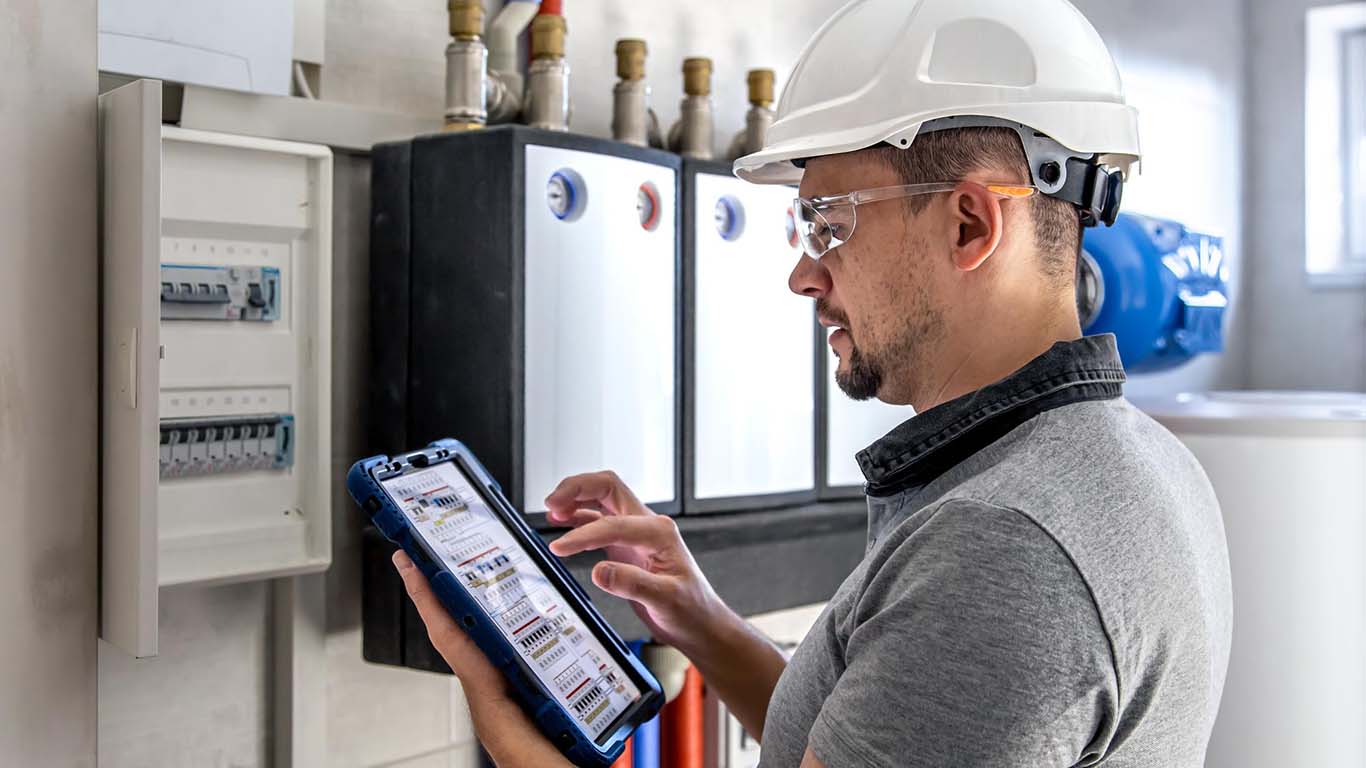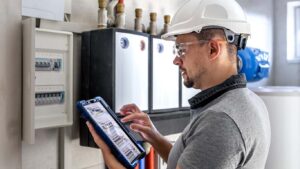Transform Education Spaces With Versatile Modular School Buildings
Modular school construction is becoming common as constructing a centralized and open facility that can change with the needs of value-added learning spaces.
Regarding the teaching and learning techniques, technology advance, and the changing needs of students, modular construction enables the school to innovate the class, put up for space, and disassemble it in case of need.
In this blog, some ways how temporary modular buildings can redesign the educational spaces in order to improve the learning environment and make it more progressive will be described.
Smooth Extensions
Couched in this simplicity, expansion projects are easier to undertake especially when the complex is made of modular school buildings. A status can be combined with another status or located one above the other, which increases the area of the modules.
As a result of this, schools are able to scale up or down depending on emerging needs by incorporating specialized classrooms, laboratory, gym facility, performance art centers, additional classrooms and so on.
Unlike traditional construction techniques, modular expansions are very fast with little or no need for renovation. The modules come in completely as a unit and are then hooked to the current frame in the first place.
Such flexibility provides schools the freedom to expand as they wanted without constructing more classrooms than needed at the start. Portable units also afford options to administrators to change over spaces annually for offering new programs and respective enrolment.
Flexible Room Designs
Modular classes can also offer much more flexibility additionally inside the rooms themselves. Any learning style or any subject can be best represented depending with the floorplans.
For example, collaborative pods and rolling desks and tables would work well with project-based STEM courses. Appropriate learning environments for performing arts or broadcast media classes are open concept rooms with media labs.
Humanities and social sciences find a good fit in lecture halls. Because each box unit arrives empty, rooms are able to change from year to year to accommodate new teaching methodologies without cost.
They also lend themselves well to teacher planning stations, special education assessment rooms, practice music rooms and so on. Schools get by an infinite number of opportunities to adapt the boxes to any educational use in versatile, changeable constructions.
Sustainability In Structures
Manufactured or prefab buildings are not as unsound as people fear: modular buildings are quite sustainable. It is evidenced that prefab construction results in about 90% lesser wastage than construction that has been done on site as the materials benefit from optimal utilization in factories.
Modular units also close green building certifications better. Other components including solar panels, green roofing, efficient lighting, as well as passive heating/cooling are incorporated with regards to climate and the energy regulations.
Water conservation and use of non-toxic materials should be selected carefully too. Modular classroom therefore receives average sustainability ratings that are 25% higher than conventional school buildings.
Moreover, box units can be moved when schools are joining or enrolment crosses over in order to prevent material from being put in a landfill. Modular schools are cost effective and environmentally friendly over decades of adaptive reuse.
Speedy Deployment
Modular structures create significant speed benefits also. While conventional school construction projects take a time of months or even years, you can expect temporary office trailers within a shorter period of time.
Once again, /site preparation is the last stop for constructing modular units, which can be delivered by truck and immediately utilized. Sockets and ports for electricity, ventilation, and many other connections are done in a few hours not weeks.
Concerning the timeline issue, any extension of time kills the construction progress and raises various issues on active campus grounds. Modular implementation interferes only to a small extent with the routes the schools, their pick up and dropping off and safety of students.
Conclusion
All in all, it is clear that modular school buildings provide a good function versatility, flexibility, eco-friendliness, time efficiency and cost effectiveness.
Technological advancements now require education to adapt to change and to find new ways of delivering learning transformation that are quickly taking shape across the globe.
Modular construction is ultimately delivering affordable solutions for administrators to provide the near perfect learning environment for the future generation students and educators.













